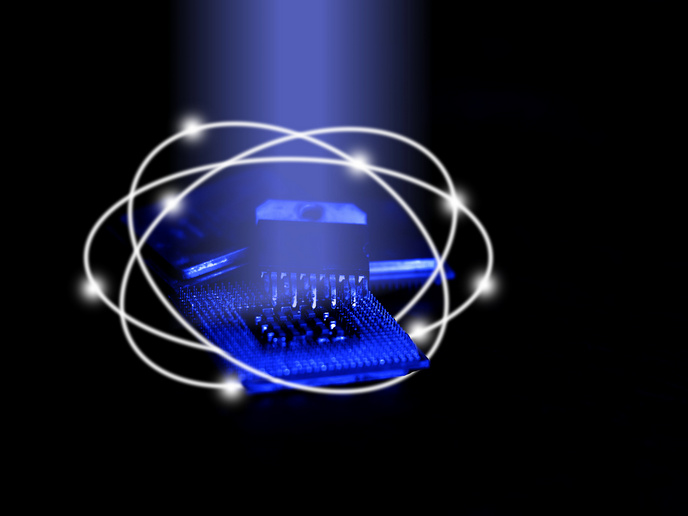Compact laser produces bright X-rays
Laser wakefield acceleration (LWFA) is ideal for developing table-top gigaelectronvolt (GeV) accelerators that produce very bright electron beams of only a few femtoseconds duration. Such accelerators exploit the large electrostatic wakes left behind intense optical pulses that transverse plasma. The electric field in the plasma wave can be as high as 100 GeV/m, which is orders of magnitude larger than that found in conventional accelerator technology. On the contrary, HHG requires much lower laser electric fields. A target (gas) is illuminated with a relatively intense laser pulse and it emits the high harmonics of the generation beam. In the EU-funded project NOVELXSOURCE (Construction and optimization of a novel, ultra-compact, ultra-fast hard X-ray coherent source), scientists combined both mechanisms (LWFA and HHG) to produce hard X-rays. Using the newly developed laser system, they first generated relativistic electrons through the LWFA mechanism and produced high-harmonic photon beams from the gas target. By propagating the two beams in opposite directions, the team successfully produced an ultra-compact, ultra-fast, high-energy coherent source of X-rays. Such a table-top source has a wide variety of applications ranging from probing hot dense matter to high-resolution, ultra-fast medical imaging. NOVELXSOURCE's electron beams were accelerated to energies in the order of 2 GeV, which is a new European record. Such high-energy electrons yielded unprecedented high-resolution imaging of large biological samples.







